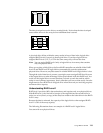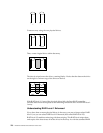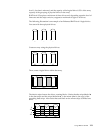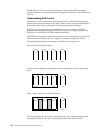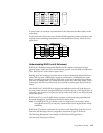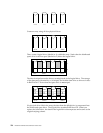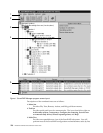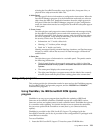
Using IBM ServeRAID 127
Configuring controllers using the ServeRAID Manager program
This chapter provides the information needed to start and use the ServeRAID
Manager program. You can use the ServeRAID Manager program to easily configure
and monitor the ServeRAID controllers. You can also use the ServeRAID Manager
program to configure two ServeRAID controllers in a failover environment.
The information in this chapter is a high level explanation of the ServeRAID Manager
program and its capabilities. For instructions on specific processes using the
ServeRAID Manager program, refer to the ServeRAID Manager online help.
Note: The ServeRAID Manager program works with systems using Microsoft
Windows NT, Windows 95, Windows 98, Novell NetWare, IBM OS/2, and
SCO UnixWare.
Using the ServeRAID Manager program interface
The graphical interface in the ServeRAID Manager program makes it easy for you to
create, delete, change, view and monitor the ServeRAID configuration.
Before you begin, review the following illustration to become familiar with the layout
of the ServeRAID Manager program screens.
Offline The logical drive is offline and not accessible. This state occurs when one of the following is
true.
• One or more physical drives in a RAID level-0 logical drive is defunct.
• Two or more physical drives in a RAID level-1, RAID level-1E, or level-5 logical drive are
defunct.
• Three or more drives in a RAID level-5E logical drive are defunct.
If any of these are true, refer to “Rebuilding a defunct drive” on page 23.
Okay The logical drive is okay. It is in a good, functional state.
System The ServeRAID controller uses this reserved state during logical drive migration (LDM).
Drive State Meaning



